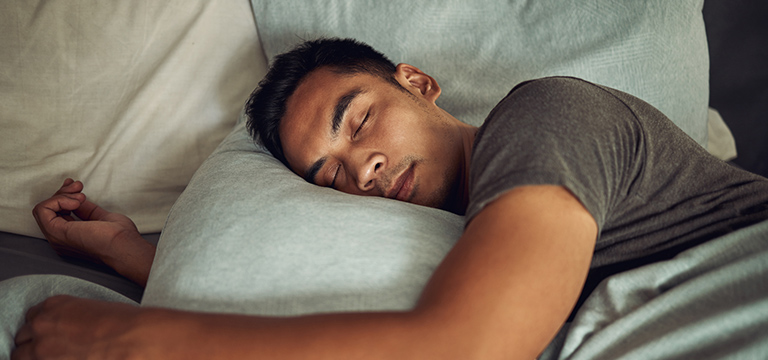Demystifying Dreams

Dreams are a fascinating part of our brains’ function. Throughout history, humans have tried to make sense of them. Some ancient beliefs went as far to say dreams could predict the future.
Surely with all of our technology today, we’ve explained what causes our dreams, right? Nope—even modern-day scientists can’t fully explain them. But there are several popular theories.
One leading explanation is that dreams are our brains’ way of processing memories, allowing us to retain important info and discard bits we don’t need. Another theory is that dreams help us process tough feelings that we aren’t aware of when we’re awake.
The science behind it
Dreams mostly occur during the rapid eye movement, or REM, stage of sleep. This is the period when your brain is most active and closest to being awake. When you dream outside of REM sleep, you have more trouble recalling it when you wake up.
On average, dreams last between a few seconds and a half an hour. Typically, you dream for two hours during an eight-hour period of sleep.
So much of what we do influences our dreams. Our day-to-day experiences, our health—even the foods we eat. Another big factor is sleep deprivation. When you’ve lacked quality sleep for a night or two, your brain tends to become more active in REM sleep, causing you to have vivid dreams.
Dreams can vary so much: short, long, boring, totally nonsensical. Of course, there are nightmares too. Nightmares may be caused by negative states of mind or certain medications, including stress, trauma and antidepressants.
If nightmares are affecting your well-being while you’re awake or negatively impacting your quality of sleep, it’s a good idea to consult with your doctor or a sleep specialist. You can use our National Doctor and Hospital Finder tool to easily find a Preferred provider near you.
Track your sleep health
The REM stage of sleep and its accompanying dreams are an essential part of a healthy sleep. Wearable wellness trackers can be a helpful way to monitor and improve your sleep health. These devices often break down how much time you spend in each stage of sleep and the quality of it. For example, they may be able to detect if you’re tossing and turning frequently while asleep and tired the next day.
Remember, you can connect your wearable wellness tracker or favorite fitness app to your MyBlue® account. You’ll be able to view your sleep statistics along with your other important health data, all in one secure place.
Sources:
https://www.healthline.com/health/why-do-we-dream
https://www.webmd.com/sleep-disorders/features/dream-interpretation-offers-insight
https://www.verywellmind.com/why-do-we-dream-top-dream-theories-2795931


